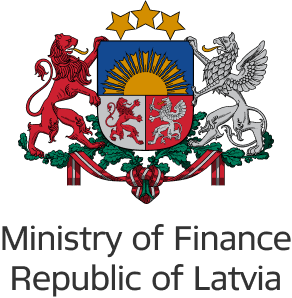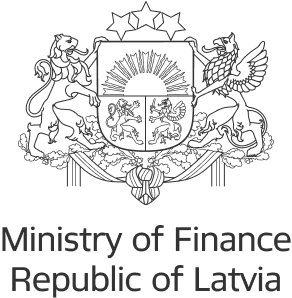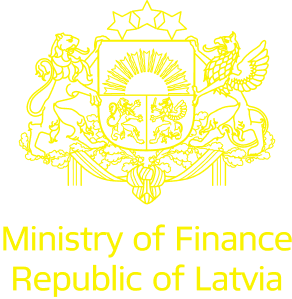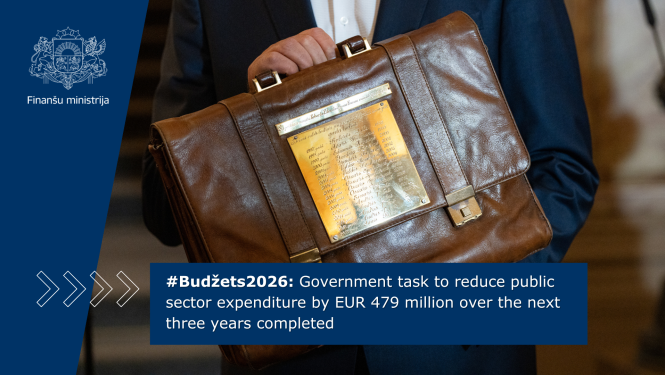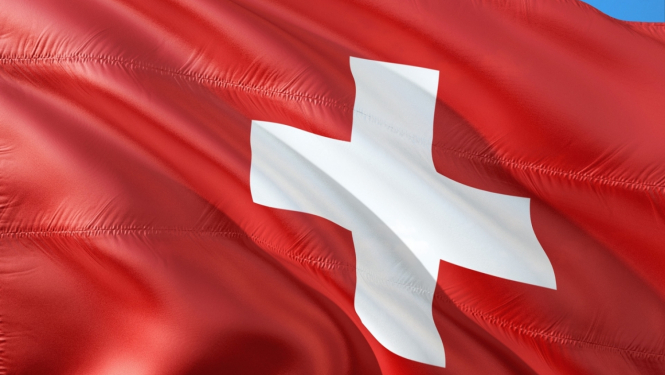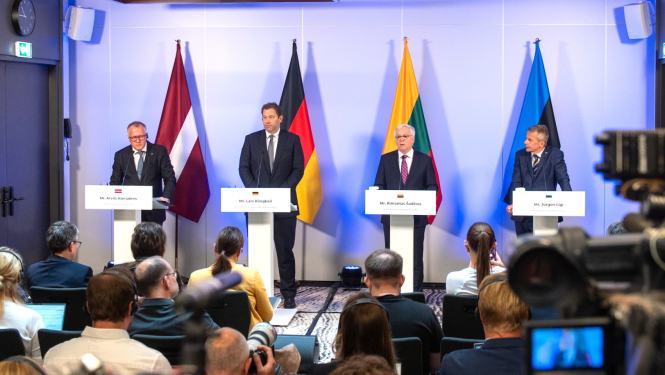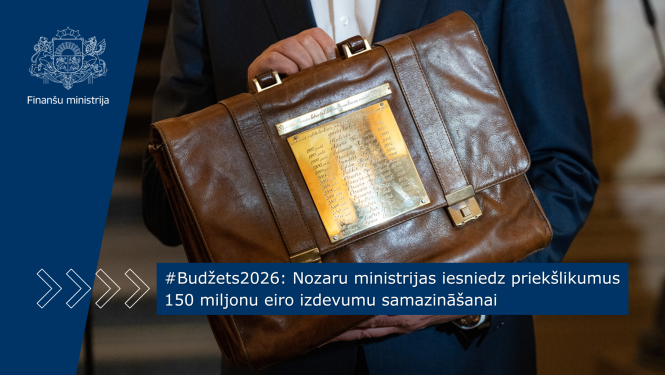Guarantee and technical support to enhance supply chains, support smallholder farmers, and strengthen the agricultural value chain. The Multilateral Investment Guarantee Agency (MIGA), which houses the World Bank Group Guarantee Platform, issued a guarantee of $9 million to SIA “L.J. Linen” of Latvia to cover its investments in its Kenyan subsidiary, Lionpro Group (K) Limited, against risks of transfer restriction, expropriation, and war and civil war disturbance. The guarantee provides…
Guarantee and technical support to enhance supply chains, support smallholder farmers, and strengthen the agricultural value chain. The Multilateral Investment Guarantee Agency (MIGA), which houses the World Bank Group Guarantee Platform, issued a guarantee of $9 million to SIA “L.J. Linen” of Latvia to cover its investments in its Kenyan subsidiary, Lionpro Group (K) Limited, against risks of transfer restriction, expropriation, and war and civil war disturbance. The guarantee provides coverage for up to 10 years. In Kenya, where agriculture contributes 34% of GDP and employs over 70% of the rural population, smallholder farmers face ongoing challenges, from fragmented markets to limited access to capital, that undermine productivity and…



